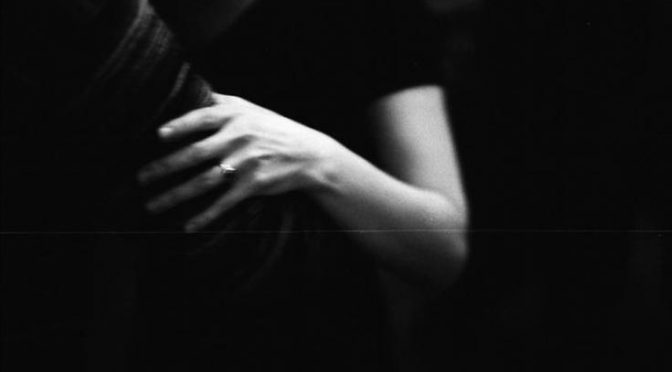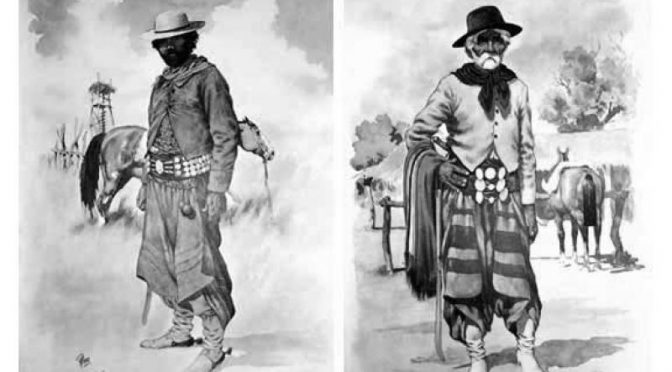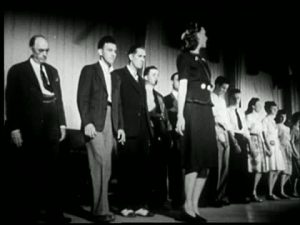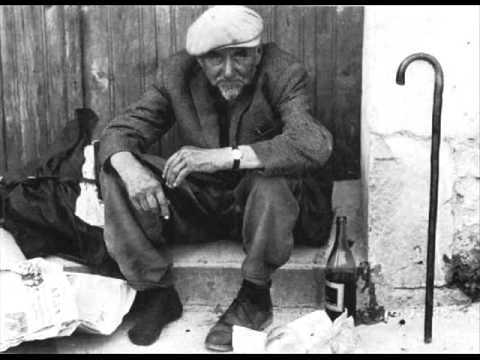Determined – as ever – to improve – I asked my teachers and followers that I so respect – and who dance with me a lot – to tell me what they thought. I asked them to give me a score out of 10 – on 11 aspects of my dancing.
Here is what I asked them to score me on – with my highest average score at the top and the lowest at the bottom :
Focus as a student
Supportive and not critical
Focus on the follower
Embrace
Musicality
Creativity
Dance vocabulary
Allowing her time
General pace – not rushing
Posture
Pausing
Before I comment on the new perspective this has given me …
Everyone ranked me 100% on my focus as a student. I was pleased with this not because I am some kind of twit but because I have to trust the data, as much as I can. I already know I am a ‘good student’ – it is in all of Tango the only thing that I can control. So I focus on this – I hunt great teachers down help them to care about me – and I try all the time to practise, learn and understand.
If someone had ranked me as weak in this area I actually would have disregarded all of their feedback – as ultimately there is some objective reality that needs to underpin such a hard to quantify space.
So – to what I have learned – as a radar plot of the averages:

This was exactly what I was looking for – a clear guidance – a strong message – to get better I need to work much harder on one set of closely related aspects:
Allowing her time
General pace – not rushing
Pausing
And then I also – as I know – need to always concentrate on Posture.
What was surprising – and therefore educational – was that I thought was strong in the above 3 areas of giving her time and pacing – clearly I am not – what fantastic information.
But here to me is the amazing thing – the complete variation that each person feels dancing with me!

This is hard to assess visually – my main take aways are to do with aspects of my dancing that do not fall in the areas most needing of attention according to averages. Specifically :
- One partner ranked me as the lowest of all her scores in creativity. For everyone else this was a strength – with one 7 and all the rest 8, 9 or 10
- One teacher gave me the worst scores on musicality – everyone else thought 8,9 or 10. This at a time when I have been studying musicality at an obsessive level, for months on end.
- 3 people ranked me very low on dance vocabulary – when I thought I knew too many steps and am now always looking to simplify the dance in terms of ‘choreography’ – believing that ‘less is more’
The lesson here is a strong one – each partner is evaluating ‘ME’ in terms of ‘US’. Of course they are – they naturally care about themselves – and their own satisfaction and joy in the dance. For each of them I am a fit only in as much as I enable them to experience the joy they are each looking for.
They all want different things, they all have different backgrounds and desires to explore different parts of themselves through Tango. I either match what they think they are looking for – or I do not.
This is such an important lesson and I will be giving this a lot of thought. Can I be all things to all people? No. But I can learn from this :
- If I want to work on creativity – and I do – then I should work with the person who feels I am not creative enough – not those who already enjoy my creativity. Now I know who that person is.
Creativity in Tango absolutely can be studied and worked on – and I also have a wonderful teacher for that.

To have the teacher and now the partner identified is so helpful for this next phase in focussed learning.
- If I want to learn more and more about musicality turn to the teacher who feels I have more to give in this area.
- Keep increasing the range of dance vocabulary I have – even if in any one dance I may choose to only use a few. Balance the ‘less is more’ principle with having the appropriate tools well learned and available.
Tango is about two people and the music. I can only make sure my part is the strongest it can be when trying to create something with this person, in this moment, to this music. And this person is an individual who has their own expectations of me as her partner.
I need to find out what they are and to help her – with all of her complexities and expectations – to dance in the way she just loves.
That is my job and if I can do this with sensitivity then my own ultimate goal of being a brilliant social dancer will indeed be tangibly closer.















